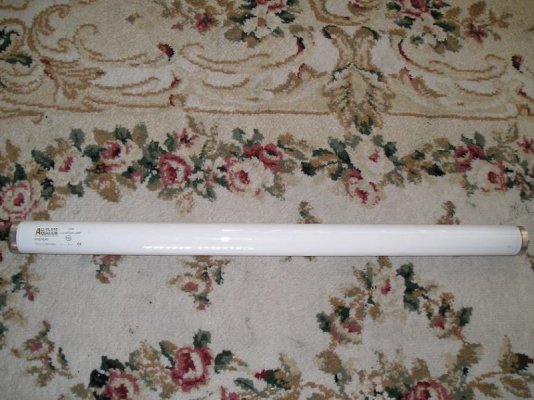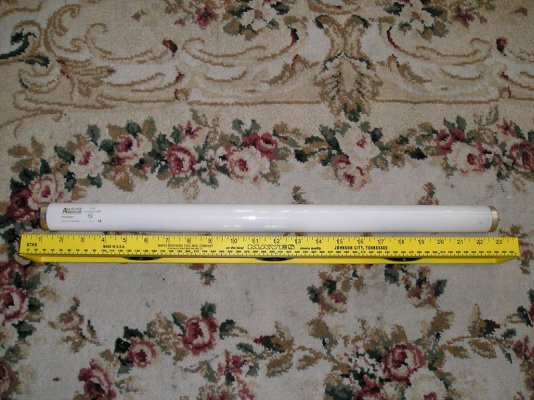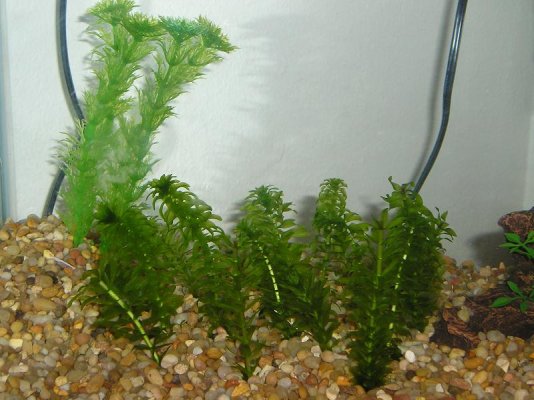FMJnaX
Aquarium Advice FINatic
Hi all,
When I first bought my aquarium, I had no intentions of going with a planted tank. Well, my outdoor pond Anacharis started to multiply like crazy and I just couldn't get rid of the stuff. Needless to say, I while back I moved a couple bunches in. Just today, I split all of the old (original) off and threw it out. I still had enough to break the new stalks in half and still double down to 4 bunches. The stuff is growing quite well, but it's a lot thinner than the outdoor bunch... and probably for good reason. The pond outside gets good sunlight, has awesome nutrients, and is a cooler water.
Anyway, because my indoor stuff is starting to thin out, I'm thinking I should get a better bulb. What I have is what came with my 30" hood. It's a 24" All-Glass Aquarium Lamp rated at 20W (.689 WPG). Is there a better bulb that I can use that will also allow me to grow other plants as well (Java Fern, for example)? Also, are there any aquatic plant nutrients I can use that won't harm my fish? In terms of substrate, I'm just using your normal aquarium gravel.
Thanks all!
When I first bought my aquarium, I had no intentions of going with a planted tank. Well, my outdoor pond Anacharis started to multiply like crazy and I just couldn't get rid of the stuff. Needless to say, I while back I moved a couple bunches in. Just today, I split all of the old (original) off and threw it out. I still had enough to break the new stalks in half and still double down to 4 bunches. The stuff is growing quite well, but it's a lot thinner than the outdoor bunch... and probably for good reason. The pond outside gets good sunlight, has awesome nutrients, and is a cooler water.
Anyway, because my indoor stuff is starting to thin out, I'm thinking I should get a better bulb. What I have is what came with my 30" hood. It's a 24" All-Glass Aquarium Lamp rated at 20W (.689 WPG). Is there a better bulb that I can use that will also allow me to grow other plants as well (Java Fern, for example)? Also, are there any aquatic plant nutrients I can use that won't harm my fish? In terms of substrate, I'm just using your normal aquarium gravel.
Thanks all!



